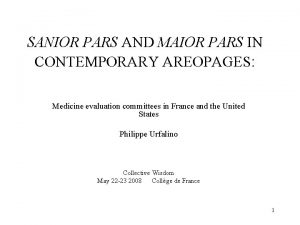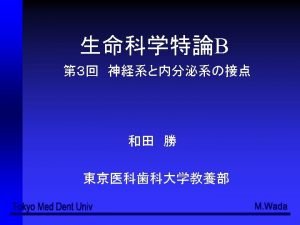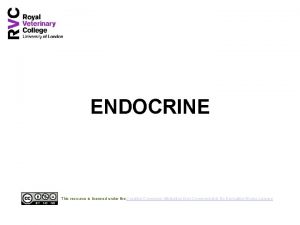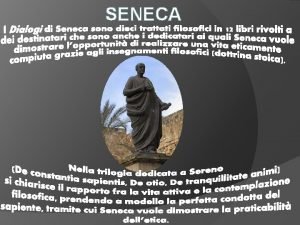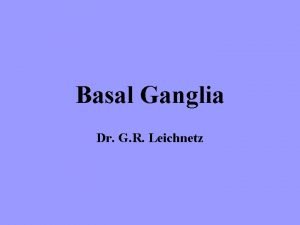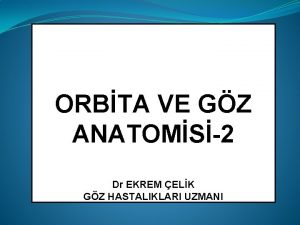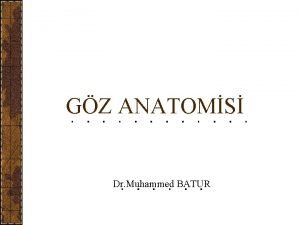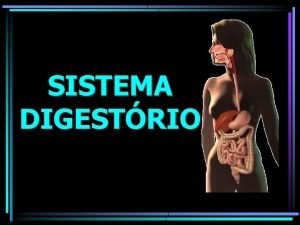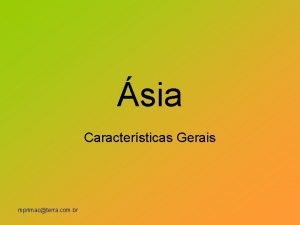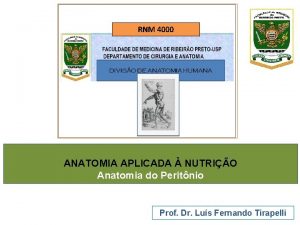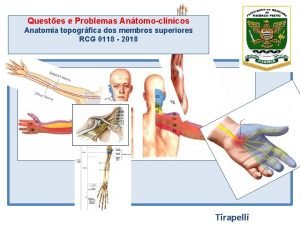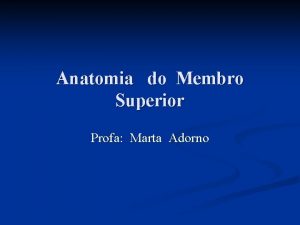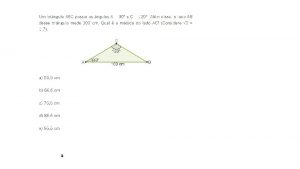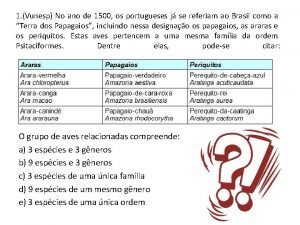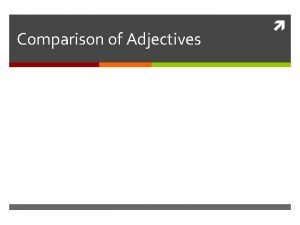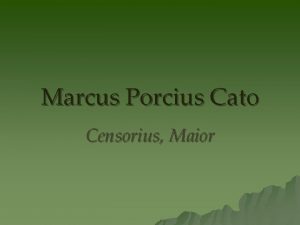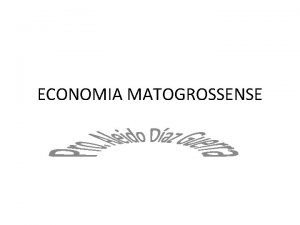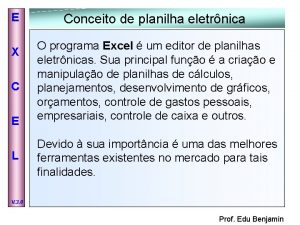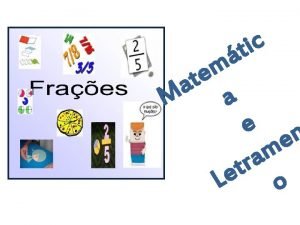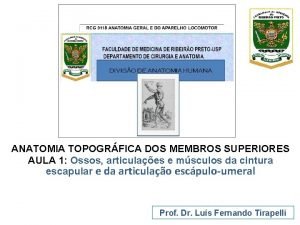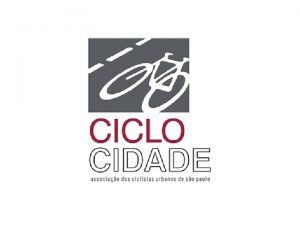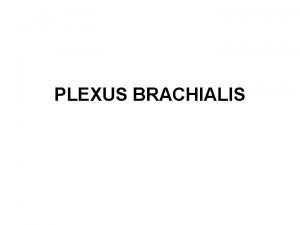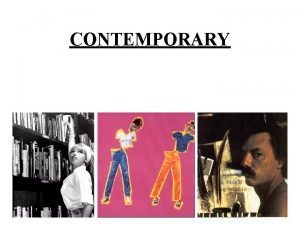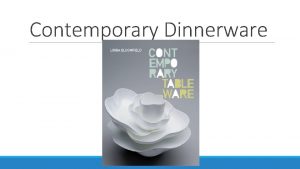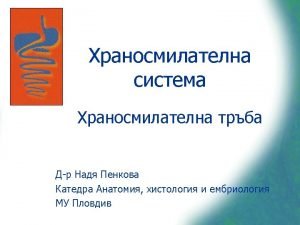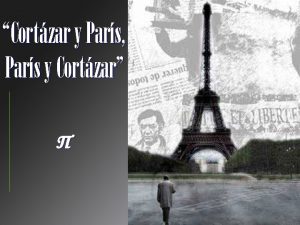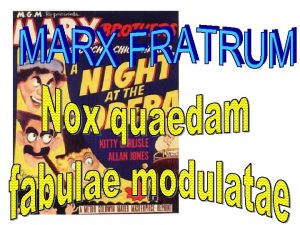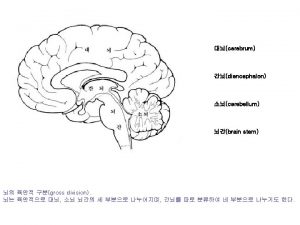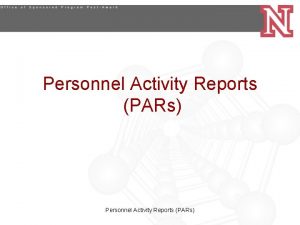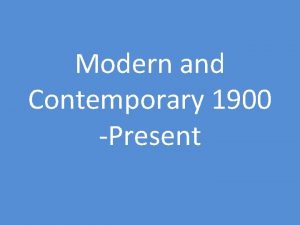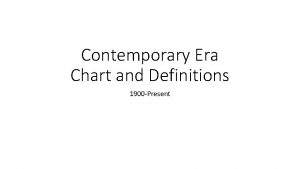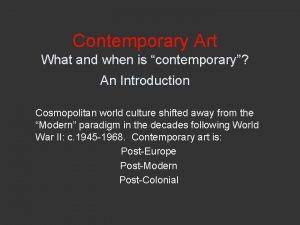SANIOR PARS AND MAIOR PARS IN CONTEMPORARY AREOPAGES





























- Slides: 29

SANIOR PARS AND MAIOR PARS IN CONTEMPORARY AREOPAGES: Medicine evaluation committees in France and the United States Philippe Urfalino Collective Wisdom May 22 -23 2008 Collège de France 1

How best to foster collective wisdom in collectives of the wise? • The question of the aréopages, the committees of sages, of wise, of experts • Which have important decision to make for a social group 2

1. WHAT IS AN AREOPAGE ? (1) • 1. Aréopages are groups that deliberate to make decisions or advices that are applicable to a larger group. • 2. Members of an aréopage are appointed rather than elected. They are appointed first and foremost for their competence • 3. The collective work of the aréopage bears on to both the decision itself and argumentation to justify that decision. • 4. Individual aréopage members have to practice the discipline of arguing their position in accordance with certain validity requirements 3

1. WHAT IS AN AREOPAGE ? (2) • An Argumentative discipline : – A. Justification: reasons override motives – B. The justification has to be substantial: one reason does not suffice, an entire line of reasoning is required. – C. The argumentation has to be appropriate: this is specialized argumentation adapted to the matters of decision or advice. – D. Contexual validity: arguments have to be adapted to the case at hand 4

2. The Problem of Such Committees (1) • As uninanimity is scarce a collective decision-making rule is needed • Voting is a good way to obtain a final point • But Voting has an uncertain relationship with the quality of the collective decision • the problem is: – how to articulate number and reasons ? – How can votes be counted and weighed ? 5

2. The Problem of Such Committees (2) • The unstable solution of Western monastic orders for electing the head of the monastery : mixing sanior pars and maior pars • What was involved in this combination ? – The split of collective decision process in two parts – A hierarchical ordering principal 6

2. The Problem of Such Committees (3) • « WISE PART » and « MAJORITY PART » – the splitting of the decision-making process : • On the one hand: judgments and votes of participants • On the other hand: evaluation of these judgments and of the result conducted by a part of the participants or by others – A hierarchical ordering principal : • Without universally shared criteria, determining the wisest falls to an instance endowed with authority 7

2. The Problem of Such Committees (4) • Two different examples of contemporary means of finding a compromise between wise part and majority part • Two examples taken from the area of medicine evaluation : – The French drug approval committee – The FDA and its advisory committees 8

3. Decision-making by exhaustion of objections : the French case • 3. 1. Conditions for creating the French drug approval committee • 3. 2. The rejection of vote • 3. 3. Decision-making by apparent consensus • 3. 4. Decision by exhaustion of objections • 3. 5. Weakness of this decision-making rule 9

3. 1. Conditions for creating the French drug approval committee • Creating in 1978 for reducing between french medicine evaluation and those of other countries • The committee composed of a new generation of physicians and experts (outside the administration) • Between 1978 an 2000 : approximately 30 members appointed for 3 years • No reassessing of the committee evaluation inside the administration or the agency (since 1993) : The committee makes the decision 10

3. 2. The rejection of vote • From the beginning to now: no vote but consensus • Why ? A fear and two ideas : – Fear of contestation by pharmaceutical firms and medical milieu – Voting is not appropriate for reaching a decision with strong epistemic nature – Discussion on medicines can culminate in opinion convergence 11

3. 3. Decision-making by apparent consensus. What is decision-making by consensus if it is not a vote with unanimity rule ? Decision-making by apparent consensus: - A specific sequence - Two major characteristics 12

Decision-making by apparent consensus A specific sequence : • 1) a member presents to the assembly the nature of the problem requiring a decision ; • 2) the members discuss this presentation of the issue; • 3) a member synthesizes the discussion and indicates which option seems to him to have emerged out of it; • 4) at this point there are two possibilities: – a) no one speaks out against the consensus proposal just presented, that proposal becomes the decision, or – b) at least one participant contests the synthesis proposal, in which case discussion starts up again until the same member or another one offers a new synthesis, which once again gives rise to situation a) or b); • 5) if all successive consensus proposals are contested, the decisionmaking process for that particular problem may be postponed until the next meeting. 13

Decision-making by apparent consensus Two major characteristics : • No systematic expression or counting of opinions: – Decision = a proposal has not overt opposition • Apparent consensus is not unanimity: – No explicitly rejection /visibly unanimoustly appoving – Apparent consensus : some of who remain silence silent do not approve but no longer contest 14

3. 4. Decision by exhaustion of objections (1) • The contesting of the proposal could have two different status : – A rejection : an unconditional veto right but the use of this veto right is conditional (ressources and negociation : african palaver and international organizations) – An objection : a conditional veto, the objection has to be accepted, deemed valid by others, but the use of objection is not conditionned by ressources or licit negociation 15

Decision by exhaustion of objections (2) • The silence of a member facing a proposal of a decision reflects 3 situations : – He is convinced: the proposal is the right one – He doesn’t know and delegates his judgement – He is not convinced but he doesn’t have a good argument 16

Decision by exhaustion of objections (3) combining sanior pars with maior parts Facing a proposal of decision A virtually silent majority An « objecting » minority Values the expressed opinion In favor of the proposal as it stands Against the proposal as it stands Explicit approval Expressions Mental states, reasons and preferences Or No expression -Convinced -Indeterminated = delegation of judgment - Not convinced but having no argument for a valid objection Explicit disppproval - not convinced and having an objection that one deems validable 17

Decision by exhaustion of objections (4) combining sanior pars with maior parts • The splitting of the collective decision process: – The « objecting » minority judges the proposal and, by the way, the virtually silent majority • The hierarchical ordering principal: – Prevalence of reasons on preference, of wisdom on number : • The « objecting » minority win if the argument is deemed valid • Only two ways to express preference : not contesting proposal or contesting it with an argument • The proposal become decision if it had exhausted objections, not because it would have won everyone’s vote – Unequal member influence is recognized legitimate 18

3. 5. Two weak points of this decision-making rule – It tolerates delegation of judgement • (as silence means approbation of the proposal) – It presupposes a profound agreement on the evaluation approach • (if not such agreement, no convergence on the validity of objection – but convergence on objections is less difficult to obtain than convergence on positives judgements – Cf. Scanlon) 19

4. THE COLLECTIVE ADVISER The Case of the FDA’s Advisory Committees 20

4. THE COLLECTIVE ADVISER • 4. 1. Conditions for Creating the Advisory Committees • 4. 2. Voting Patterns: The Strong Expert Convergence • 4. 3. The Public Balloting of the Collective Adviser • 4. 4. The Problematic Determination of Individual Will 21

4. 1. Conditions for Creating the Advisory Committees • Used systematically since the 1970 s • 3 factors: – Increasing complexity of technologies – New legislations – Growth of consumer activism and of critiques of agency decisions • AC do not concentrated all the expertise: the FDA keeps the final decision • 18 AC for drugs with 11 menbers each 22

4. 2. Voting Patterns: The Strong Expert Convergence • With the data of two studies of votes of several AC from 1998 to 2002 and from 2002 to 2007 : – Of the 70 instances of voting – 38 cases of unanimity – 10% (7) of scores below a 70% majority 23

4. 3. The Public Balloting of the Collective Adviser • A. The ambivalent status of voting • B. The moral force of majority rule 24

A. The Ambivalent Status of Voting (1) • The FDA wants voting on the questions that are the most directly linked to the decisions it must make • It recognizes that the voting can not be detached from discussions and comments • But it wants an Advisory committee to be a Collective Adviser 25

A. The Ambivalent Status of Voting (2) • Meanwhile, the voting does not need to reach a final point: – A voting without decision-making rules (no majority rule) – The rare tie votes are not a problem • Frequent tie votes would ruin the orientation-giving function of the advisory committees on FDA’s decisions • The concern for this orientation-giving function is demonstrated by the indirect presence of the majority rule 26

B. The Morale Force of Majority Rule • Advisory Committees do not have decision rule such as majority rule • But majority voting has a political and morale force : – Controversies about the impact of conflicts of interest of AC members on their recommandations use the majority rule as criterion 27

4. 4. The Problematic Determination of Individual Will (1) • Some members have difficulties to answer Yes or no : - a few « abstain » - some changes their vote - a few wants to see what the others vote before voting (It is impossible since 2007) 28

4. 4. The Problematic Determination of Individual Will (2) The links between reasons and votes : • The vote is public, oral and with giving reasons: – Sometimes the vote is embedded in the reasons – It then could loose is discrete nature : « yes, but » ; « yes minimally » – The chairman has to unseal the vote from the discours : « so it is yes » 29
 Sanior pars
Sanior pars Pars tuberalis
Pars tuberalis What cell
What cell Anneo sereno
Anneo sereno Pars compacta vs pars reticulata
Pars compacta vs pars reticulata Parafovea
Parafovea Kornea refleksi afferent efferent
Kornea refleksi afferent efferent Omento maior e menor
Omento maior e menor Maior continente
Maior continente Omento maior e menor
Omento maior e menor Musculo redondo maior e menor
Musculo redondo maior e menor Afinidade eletronica
Afinidade eletronica Redondo maior origem e inserção
Redondo maior origem e inserção Marta adorno
Marta adorno A maior parte dos refugiados sirios que solicita
A maior parte dos refugiados sirios que solicita Fuvest caranguejo caramujo e anêmona
Fuvest caranguejo caramujo e anêmona Trova do martelo
Trova do martelo Nao tenho maior alegria do que esta
Nao tenho maior alegria do que esta Liceul augustin maior cluj
Liceul augustin maior cluj Deus semper maior
Deus semper maior Colegiul augustin maior cluj
Colegiul augustin maior cluj Maior maquete do mundo
Maior maquete do mundo Fractura phalangis proximalis digiti
Fractura phalangis proximalis digiti Gênero epico
Gênero epico Rio arade desagua
Rio arade desagua Marcus porcius cato censorius maior
Marcus porcius cato censorius maior Idh
Idh Maior ou igual excel
Maior ou igual excel Representação fracionária
Representação fracionária M
M
